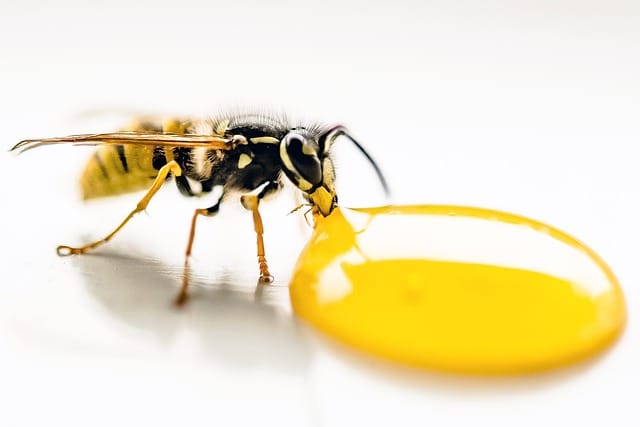Promoting pollinators: Paper wasps
Paper wasps, scientifically known as Polistes, are a group of social insects belonging to the family Vespidae

In this article:
- Introduction to Paper Wasps
- Physical Characteristics of Paper Wasps
- Habitat and Distribution
- Nest-building Behavior
- Social Structure and Communication
- Diet and Feeding Habits
- Role as Pollinators
- Importance in Ecosystems
- Factors Affecting Paper Wasp Populations
- Conservation Efforts and Challenges
- Interactions with Humans
- Fascinating Facts about Paper Wasps
- Conclusion
Introduction to Paper Wasps
Paper wasps, scientifically known as Polistes, are a group of social insects belonging to the family Vespidae. They are commonly found in various regions across the world, including North America, Europe, and Asia. Paper wasps play a crucial role in ecosystems as pollinators and also exhibit fascinating behaviors that make them an interesting subject of study.
Physical Characteristics of Paper Wasps
Paper wasps have distinct physical characteristics that set them apart from other species. They typically have slender bodies, long legs, and narrow waists. Their length varies between 0.75 to 1 inch. These wasps display a combination of black, yellow, and reddish-brown colorations, with some species having distinct markings and patterns.
Habitat and Distribution
Paper wasps can be found in a wide range of habitats, including gardens, forests, meadows, and urban areas. They are typically seen building their nests in protected locations such as under eaves, in trees, or within abandoned structures. Their distribution varies depending on the species and region, but they can be found on every continent except Antarctica.
Nest-building Behavior
Paper wasps are known for their remarkable nest-building behavior. They construct nests by scraping wood fibers using their mandibles and mixing them with saliva. This paper-like material is then molded into the characteristic open-celled nest structure. Each cell houses an individual wasp larva, and the nest can expand over time as the colony grows.
Social Structure and Communication
Paper wasps exhibit a hierarchical social structure with a queen, workers, and males. The queen is responsible for egg-laying while the workers maintain the nest, forage for food, and care for the larvae. Communication within the colony is essential and relies on both visual cues and chemical signals known as pheromones.
Diet and Feeding Habits
Paper wasps are classified as omnivores, feeding on a wide variety of food sources. They primarily consume nectar and pollen, making them important pollinators for flowering plants. Additionally, adult wasps often capture and feed on insects, which they chew and regurgitate to feed the developing larvae.
Role as Pollinators
As pollinators, paper wasps play a vital role in plant reproduction. While feeding on nectar, they transfer pollen from one flower to another, facilitating cross-pollination. This process enhances genetic diversity and contributes to the overall health and survival of plant populations.
Importance in Ecosystems
Paper wasps contribute to ecosystem balance by controlling populations of other insects. They prey on insect pests, including caterpillars, flies, and spiders. This natural form of pest control helps maintain the health and stability of ecosystems.
Factors Affecting Paper Wasp Populations
Various factors can impact paper wasp populations, including habitat destruction, pesticide exposure, climate change, and predation. Loss of suitable nesting sites and the decline of flowering plants can significantly affect their survival.
Conservation Efforts and Challenges
Conserving paper wasps and their habitats is essential for maintaining their population and ecological contributions. Educating the public about the importance of these insects, promoting pollinator-friendly gardens, and reducing the use of pesticides are crucial steps towards their conservation.
Interactions with Humans
Paper wasps generally avoid conflict with humans unless provoked or threatened. They may sting if their nests are disturbed, but they typically prefer to retreat rather than engage in aggression. It is important to be aware of their presence and take necessary precautions when near their nests.
Fascinating Facts about Paper Wasps
- Paper wasps are capable of recognizing individual faces, making them highly intelligent social insects.
- Some paper wasp species show cooperative behavior, assisting their relatives in raising offspring.
- Unlike some other wasp species, paper wasps do not produce honey.
Conclusion
Paper wasps are remarkable insects that serve as pollinators, pest controllers, and intriguing subjects of study. Understanding their behavior, habitat requirements, and the factors affecting their populations is crucial for promoting their conservation and appreciating their important ecological role.
